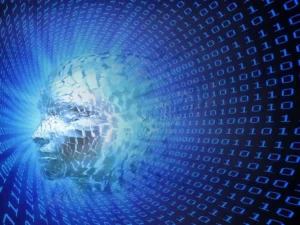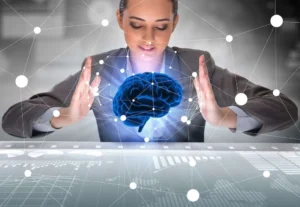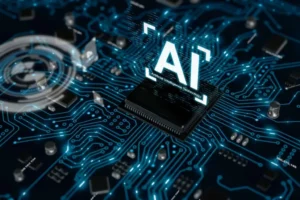Everything You Need To Know About Computer Vision
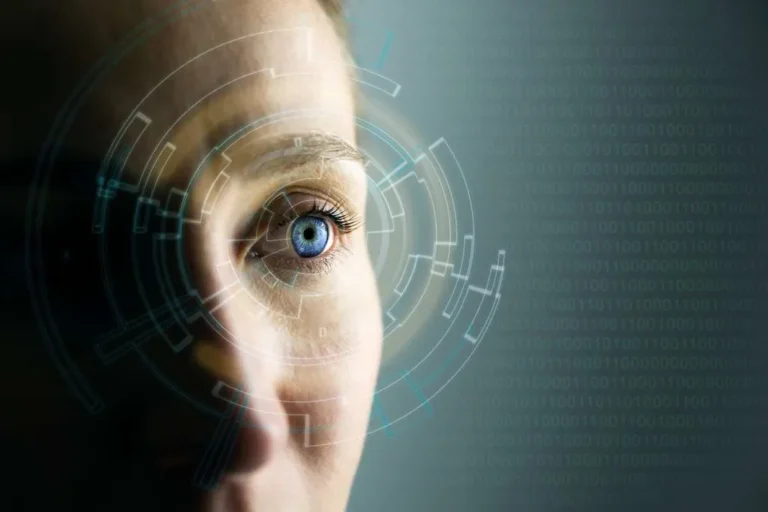
A subfield of artificial intelligence known as computer vision (CV) allows machines to comprehend and interpret visual inputs such as photographs, video streams, and other visual sources in the same way a person would.
Using ML and neural networks, these systems learn how to spot patterns and pick out useful details. They even decide what to do when something looks wrong, like a crack in a pipe or a glitch on a production line. With advancements such as AI that can read images, the scope of what can be achieved is expanding.
You’ll find computer vision technologies showing up in all kinds of industries. Energy companies, car manufacturers, and factories keep an eye on product quality without lifting a finger.
And it isn’t just a tech trend. The market is expected to reach $24,37B by 2026. In short, computer vision in AI changes the way businesses work. Let’s explore how it makes them faster, safer, and a lot more efficient.
What is Computer Vision?
CV is all about empowering machines to see and actually recognize what they’re looking at. It may be a photo, a livestream, or a full-length video.
With the help of everyday tools like smartphones, sensors, and cameras, machines collect visual info. They simply learn from it, and then do things which sound almost futuristic. They read messy handwriting, recognize familiar faces in a crowd, or spot one specific item in a chaotic warehouse scene.
Behind the scenes, what’s making all the work are smart algorithms. Among them are convolutional neural networks (CNN). These models are trained to spot patterns in images: things like edges, shapes, colors, and tiny details that even people sometimes overlook. They break pictures down into pieces, analyze them, and put the puzzle back together in a way that makes sense.
The same kind of tech powers optical character recognition (OCR). The tool reads handwritten notes or printed text and instantly turns them into digital files. It works well to digitize documents, scan invoices, or pull data from forms quickly.
And it doesn’t stop there. CV is now working hand-in-hand with augmented reality (AR). It makes it possible to layer digital content on top of the real world in real time. As an example, there are apps which let you see how a new sofa would look in your living room, or AR tools in retail that help customers try on clothes virtually — all powered by machine vision.
Big names are already using it. IBM created personalized golf highlights as it analyzes player footage. Google Translate lets your phone camera read and translate signs live using OCR. Car companies are using it in autonomous autos to distinguish road signs, lane markers, and people walking nearby. And in manufacturing, brands like Verizon use it to catch flaws before products hit the shelves.

We are confident that we have what it takes to help you get your platform from the idea throughout design and development phases, all the way to successful deployment in a production environment!
Why is Computer Vision Important?
For business owners, a CV means real value. It reduces errors, automates repetitive tasks, or speeds up decisions.
Moreover, it also plays a role in predictive maintenance. It lets companies spot potential issues early and fix them before they disrupt operations. As companies adopt robotic process automation to limit human mistakes, computer vision also helps to automate routine tasks.
With the explosion of visual data from cameras in phones, factories, stores, and cities, companies sit on a massive source of untapped insight. Computer vision helps turn the raw footage into clear, useful action: spot a defect on a production line, track foot traffic in a store, or translate a street sign instantly.
CV also encourages smarter use of data. Businesses no longer have to rely solely on numbers from spreadsheets. They combine visual insights with existing analytics to make stronger, evidence-based decisions. As systems evolve, they continue learning and improving, offering more precise outcomes over time. It creates a real advantage in competitive markets, where acting quickly and accurately makes a big difference.
Investing in computer vision opens up new ways to solve problems, uncover opportunities, and refine processes. As the demand for intelligent automation grows, companies that embrace these tools early are more likely to stay ahead of the curve.
How Computer Vision Works?
CV is the tech behind everything from unlocking your phone with your face and noticing fractures in products on a factory line to showing you the right pair of sneakers in your online feed. So, what’s actually going on behind the computer vision algorithm?
Every image a computer looks at — a selfie, a security cam snapshot, or a product photo — is made up of pixels (tiny dots of color).
And here’s how computer vision works.
- Once we turn the image into numbers, we can feed it into a computer vision model. One of the most common types is called a Convolutional Neural Network.
- It analyzes the pictures layer by layer. First, it finds basic stuff like contours.
- Then, it starts piecing those together to find shapes, objects, or textures. Give it enough examples, and it gets good at spotting really specific things, like a scratch on a product or someone’s face in a crowd.
The more images it sees, the smarter it gets. It learns patterns, sharpens its accuracy, and eventually runs without a hassle.
What Does It Mean to Your Business?
If your business deals with visuals in any way (product photos, video feeds, inventory snapshots, warehouse cameras), then computer vision has something to offer. You don’t have to follow the tech crowd, but with it, you may do things faster, cleaner, and with fewer mistakes.
Check product quality, track stock, match items in a catalog, or keep an eye on operations. With CV, you automate a lot of that. You don’t have to double-check photos or rely on someone to manually spot issues. The system handles it.
Knowing how the tech works isn’t just for the IT team. If you’re running a business, it gives you a clearer picture of where AI fits into your processes and where it saves you real money. It helps you spot the quick wins and long-term gains. In a market where speed and precision matter, computer vision becomes a smart strategy.
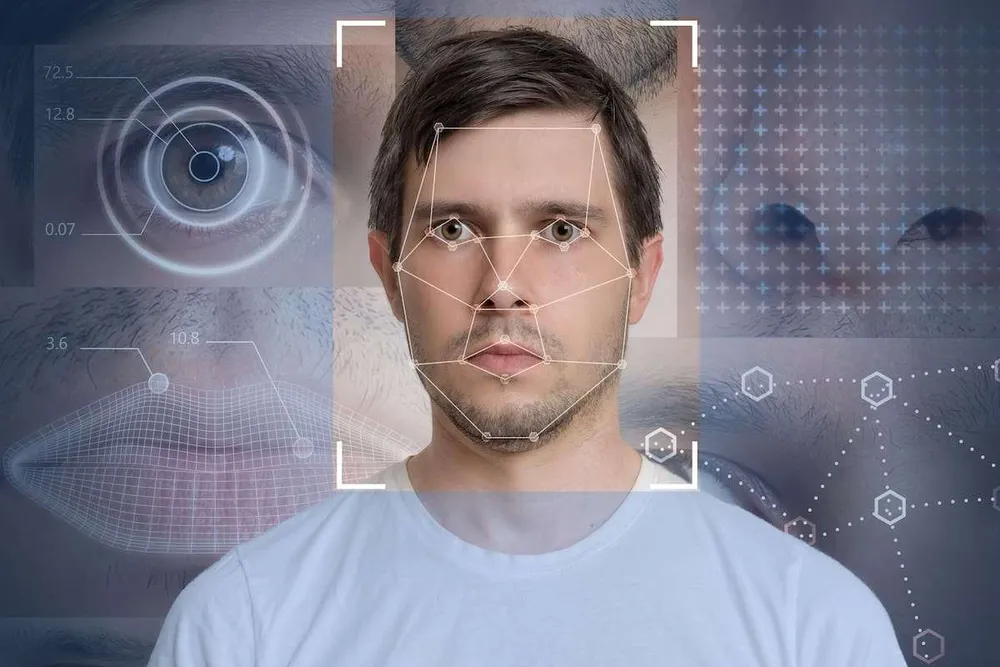
Real-World Computer Vision Applications
There’s a lot of progress happening in computer vision right now. There are many computer vision applications to show you how the tech benefits the industries.
As an example, we’re surrounded by cameras. They’re in your pocket, at the warehouse gate, along city streets, and all over factory floors. These devices are constantly capturing visual information. The problem? Most of it gets ignored. That’s where the CV steps in. It takes raw images and video and turns them into something useful. It’s an insight that actually refines how things run, how people experience your product, and how decisions are made. Let’s take a look at a few examples.
Sports, but smarter
Back in 2018, IBM helped golf fans get more out of the Masters tournament. Their AI system, powered by CV, scanned hours of footage and picked out the most exciting moments. Then, it generated custom highlight reels for individual viewers. It saved time and made the experience feel personal.
Real-time translation
If you’ve ever pointed your phone at a street sign in another country and seen it instantly change into your language — that’s computer vision. Google Translate’s camera mode makes global travel (and international business) way less intimidating.
Smarter vehicles on the road
Autonomous cars are built on CV. They use cameras and sensors to track what’s happening around them. They spot other vehicles, pedestrians, traffic lights, and road signs. Without this tech, autonomous driving wouldn’t be possible.
Agriculture
Computer vision has become a valuable tool in modern farming. Farmers use it to compare aerial images from satellites, drones, or aircraft. The goal is to keep an eye on their fields without physically being there. The tech helps spot early signs of crop stress, track how well plants are growing, and catch weed outbreaks before they spread. It also helps identify where the soil may be lacking nutrients.
Healthcare
In medicine, CV supports faster and more accurate decision-making. Images from scans, x-rays, or other medical equipment can be processed to highlight details the human eye might miss. It helps medical teams catch issues earlier and choose the right treatment paths with more confidence.
Cradle is a great example. This app helps detect early signs of eye diseases in children using simple photos. In clinics, more advanced versions of the same technology are used to analyze retina scans, spot eye development issues early, and support surgeons in planning procedures.
Difference Between Machine Vision and Computer Vision
Machine vision is mostly used in industrial environments. It’s often found on factory floors, checking if parts are in the right place, spotting mistakes, or helping robots know where to move next.
CV, on the other hand, is a broader and more complex field. It’s focused on teaching machines to understand what they see in pics or tapes. You’ll find it powering autonomous cars, medical diagnostics, and video filters. Let’s take a look at their differences:
| Aspect | Machine vision | Computer vision |
| What it is | A system uses cameras and sensors to guide machines, often in controlled environments | AI helps computers with image understanding beyond just recognizing patterns |
| Where it’s used | Mostly in manufacturing, like quality checks, robotic arms, and assembly line monitoring | Across industries like medical imaging, retail, security, autonomous driving, and more |
| How complex it is | Task-specific and straightforward | Often involves deep learning and more sophisticated visual interpretation |
| Focus of the tech | Hardware-heavy: cameras, lighting, setup calibration | Software-driven: algorithms, neural networks, data |
| Real-life examples | Detect faulty chips on a circuit board, guide a robot to pick up parts | Diagnose disease from an X-ray, translate signs in real time, spot faces in a crowd |
Final Words
Computer vision brings a ton of value. But there are a few hurdles that still slow things down.
First, pics and videos aren’t always neat. Lighting changes. Angles shift. Backgrounds get noisy. Even the same object can look wildly different depending on how or where it’s seen. Teaching a model to recognize all those variations reliably takes time, care, and smart design.
To teach AI how to “see,” you need loads of examples. And someone has to label them correctly. It means hours of humans tagging images to say, “This is a cat,” or “This is a crack in a metal surface.” It’s tedious, expensive, and prone to human error or bias. In many use cases, the right kind of data just doesn’t exist yet.
CV is powerful, but it also raises big ethical questions. Are people being recorded without knowing? Is the algorithm treating everyone fairly? Are decisions made by AI being explained clearly? These are the social problems. And right now, we’re still figuring out how to handle them responsibly.
To cap it all, if your work involves any kind of visual data, understanding these differences — and challenges — helps you decide what tech makes sense for your goals.
If your business hasn’t explored computer vision yet, now’s a great time to start. This technology is moving fast, and it’s shaping the way companies work, solve problems, and grow. It’s becoming a standard tool across industries. Getting started doesn’t have to be complicated. A smart first step is working with a software developer like Global Cloud Team. It gives you the freedom to build solutions that fit your needs, and the tools to get real results.
Top Articles
Container vs VM (Virtual Machines): How Do They Differ?
I am here to help you!
Explore the possibility to hire a dedicated R&D team that helps your company to scale product development.



